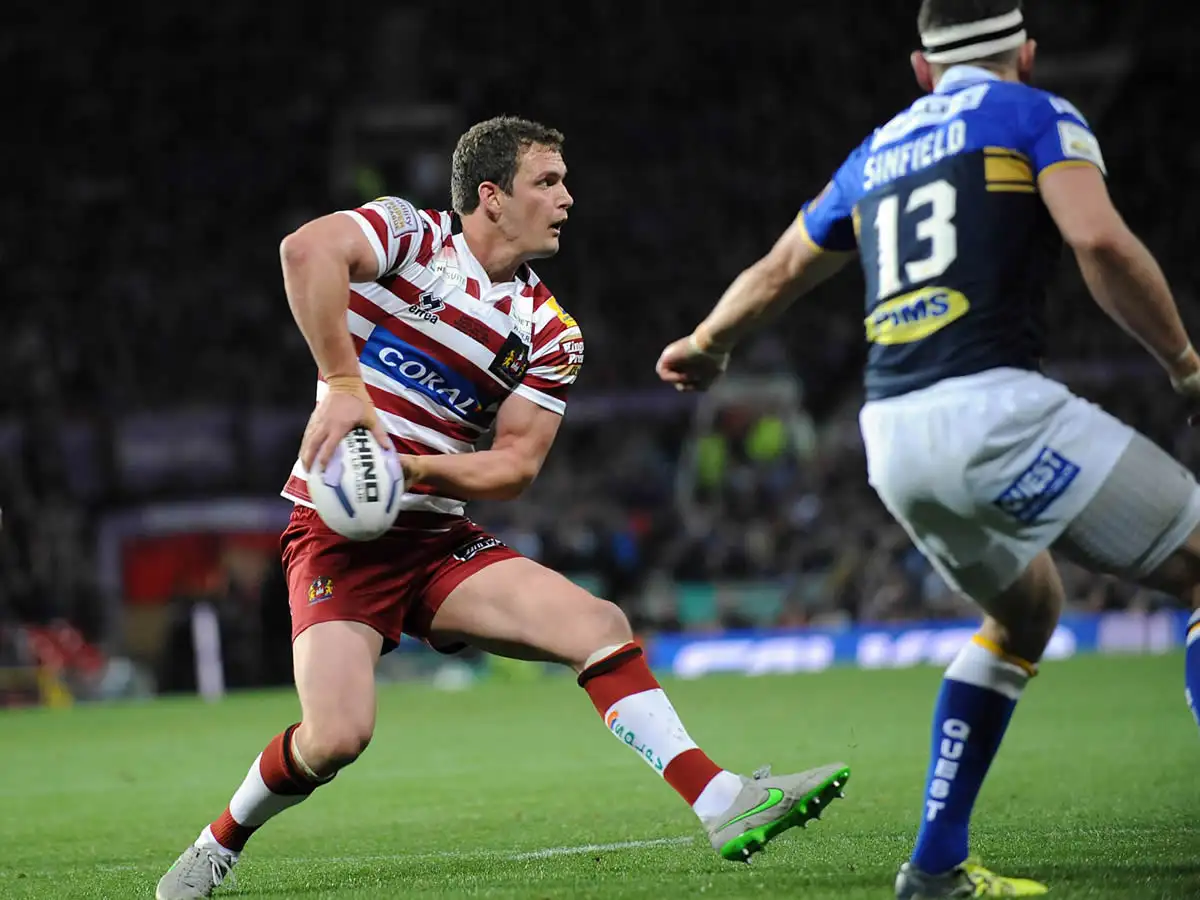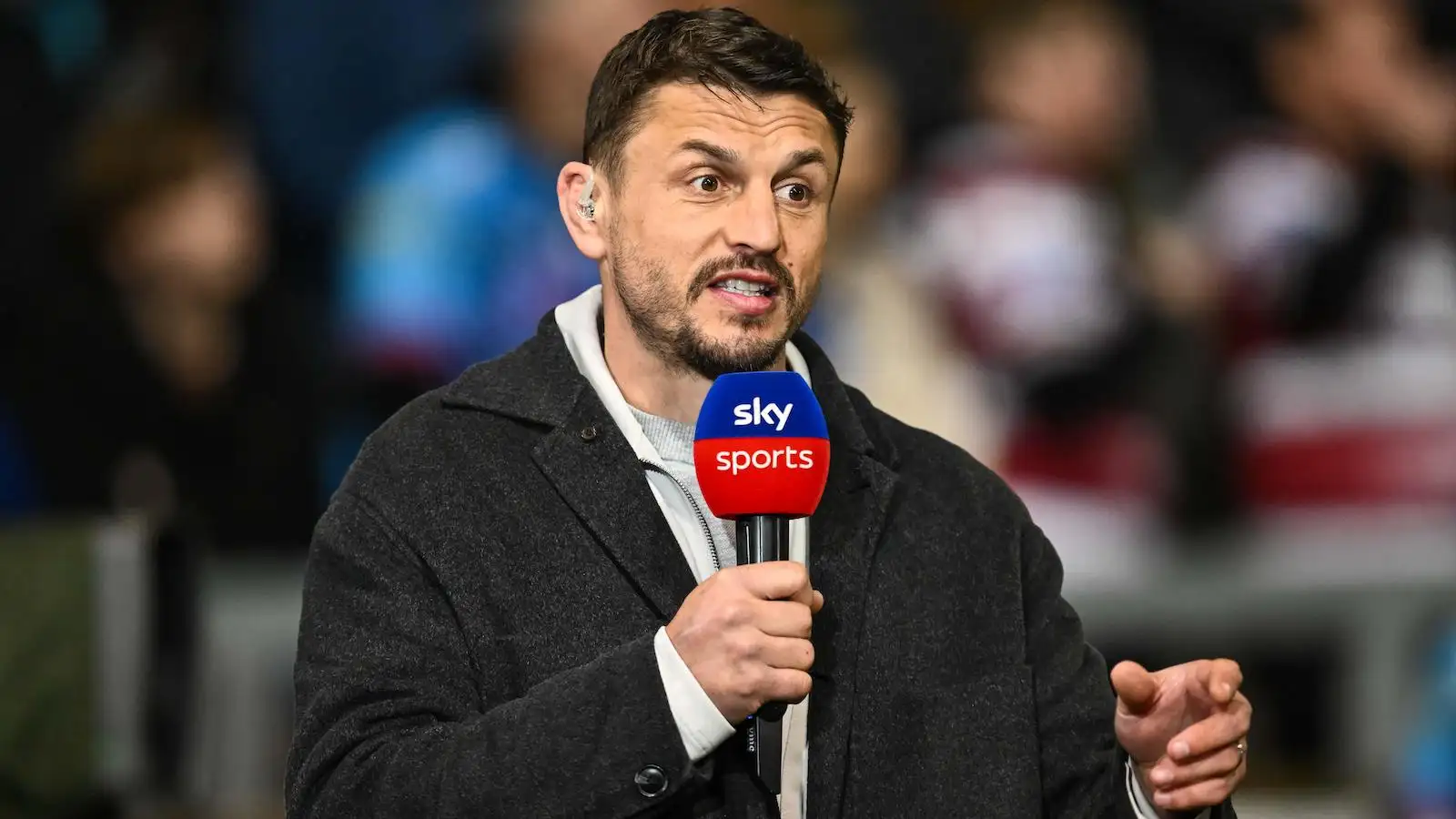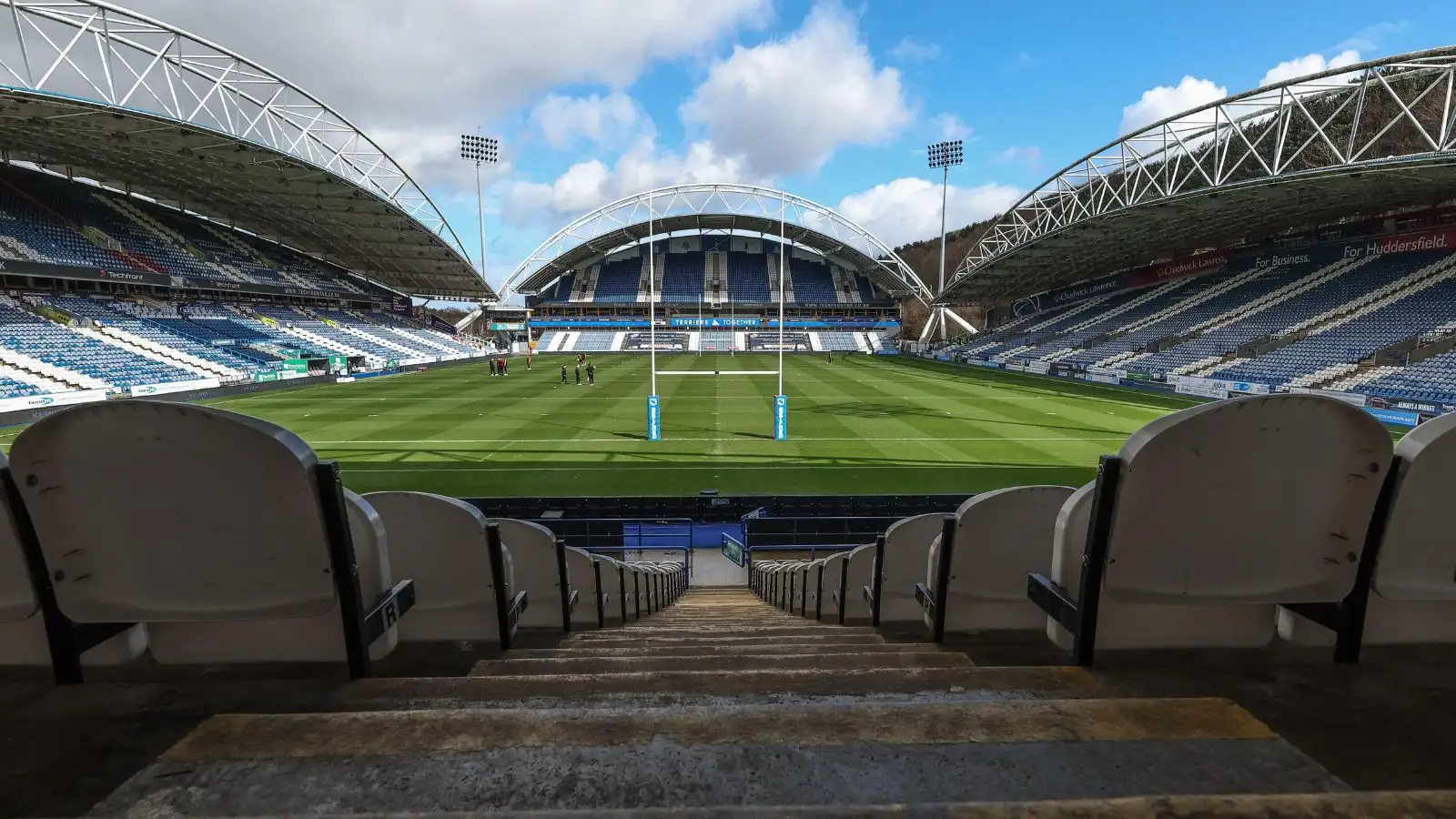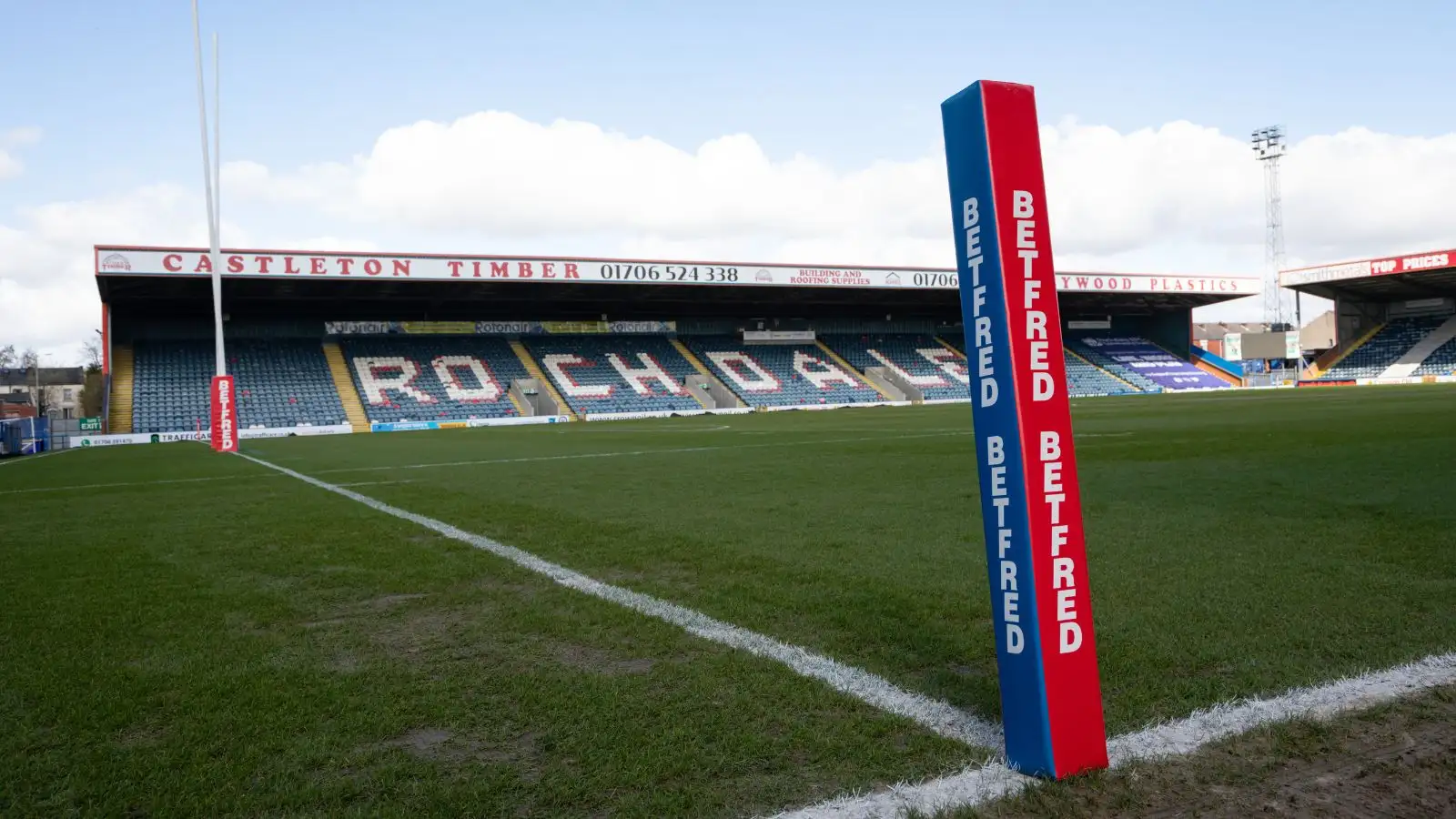The end of the loose forward

Some of the most iconic names in Super League history have identified as a loose forward for part or all of their careers.
Kevin Sinfield, Paul Sculthorpe and Andrew Farrell are some of the famous and decorated players to have worn the number 13 – but is the position dying out?
Sean O’Loughlin is probably one of the last of a dying breed of ball-playing loose forwards and he earned his seventh Super League Dream Team appearance earlier this week, despite only featuring in little over half of the games played this term.
Undoubtedly a great player in his own right, O’Loughlin hasn’t had a great deal of competition for most of the past decade, only missing out in 2015 and 2016 in the last nine years, though that’s not to say he wouldn’t have come out as the best anyway.
It’s a seventh Super League Dream Team appearance for Sean O’Loughlin and a first for John Bateman!?
Well deserved!??⚪️ pic.twitter.com/WARmxjdDwv
— Wigan Warriors ?⚪️ (@WiganWarriorsRL) October 1, 2018
The evolution of the game and the ever-growing influence of stats and completion rates has seen clubs employ a third prop at loose forward, or using it as a way of getting an extra hooker or back-rower on the park depending on the opponent.
With scrums virtually redundant in rugby league, and the traditional loose forward slot often occupied by a full-back in defence to enable them to get back in position quicker, the position is become less relevant by the year.
In the 23 years of Super League, a total of eight different loose forwards have featured in the Dream Team – the aforementioned four, plus 1999 Man of Steel Adrian Vowles, Stephen Wild, Adam Cuthbertson and Gareth Ellis – the latter two perhaps an example of the theory above, as neither would probably have identified as loose forwards even during the seasons they were selected.
This season, a total of 61 different players started games at loose forward for the 12 teams in Super League during the 23 game regular season.
Of those, only four players made more appearances than O’Loughlin.
- Jon Wilkin – St Helens – 21
- Ben Westwood – Warrington – 18
- Ryan Hinchcliffe – Huddersfield – 15
- Adam Milner – Castleford – 13
- Mark Flanagan – Salford – 12
- Sean O’Loughlin – Wigan – 12
- Brett Delaney – Leeds – 10
- Ben Kavanagh – Hull KR – 10
List above shows all the players with 10 or more starts at loose forward this season.
To compare with other positions, here are the numbers:
- Full back – 13 players with 10+, 37 players in total
- Wingers – 27 players with 10+, 62 players in total (13.5 and 31 to compare, as two in each team)
- Centres – 28 players with 10+, 72 players in total (14 and 36 to compare, as two in each team)
- Stand-off – 11 players with 10+, 36 players in total
- Scrum half – 14 players with 10+, 38 players in total
- Prop – 25 players with 10+, 73 players in total (12.5 and 36.5 to compare, as two in each team)
- Hooker – 13 players with 10+, 32 players in total
- Second Row – 22 players with 10+, 77 players in total (11 and 38.5 to compare)
- Loose forward – 8 players with 10+, 61 players in total
The prop and second row figures are distorted in some way by the fact that clubs generally operate with props and second rowers on the bench each week, meaning a player may start some weeks and be on the bench in others, but still feature in that specialist position.
Stand off and scrum halves are sometimes named in alternate positions too, which again isn’t factored in the stats above.
Hooker too is a position where clubs tend to have two specialists, with one starting and one off the bench, which could be shared between the two players.
The telling fact about the loss of identity of the loose forward position is the number of players to have featured in that position – it’s about 40% more than any other position on the field.
It will be fascinating to see whether the speculated changes around the interchange rule, and reducing them in number, affects how teams operate at 13.
In the mean time, with Wilkin, Westwood and Hinchcliffe all either nearing the end of their careers or retiring, O’Loughlin is almost flying the loose forward flag on his own.
List of players to play at loose forward in 2018 by club (as named on the starting teamsheet):
Castleford – Matt Cook, Alex Foster, Will Maher, Nathan Massey, Adam Milner, Jesse Sene-Lefao
Catalans – Jason Baitieri, Greg Bird, Remi Casty, Ben Garcia
Huddersfield – Dale Ferguson, Ryan Hinchcliffe, Daniel Smith, Ukuma Ta’ai
Hull – Jordan Abdull, Josh Bowden, Brad Fash, Chris Green, Dean Hadley, Sika Manu, Danny Washbrook, Joe Westerman
Hull KR – Chris Clarkson, James Donaldson, Ben Kavanagh, Robbie Mulhern
Leeds – Carl Ablett, Adam Cuthbertson, Brett Delaney, Jack Ormondroyd, Cameron Smith, Josh Walters
Salford – Mark Flanagan, Ryan Lannon, Tyrone McCarthy, Daniel Murray, Greg Burke (also Widnes), Weller Hauraki (also Widnes)
St Helens – Louie McCarthy-Scarsbrook, Jon Wilkin
Wakefield – Chris Annakin, Tinirau Arona, James Batchelor, Justin Horo
Warrington – George King, Ben Murdoch-Masila, Ben Westwood
Widnes – Hep Cahill, Alex Gerrard, Chris Houston, Macgraff Leuluai, Tom Olbison, Brad Walker
Wigan – John Bateman, Tony Clubb, Gabe Hamlin, Willie Isa, Romain Navarrete, Sean O’Loughlin, Ryan Sutton, Joel Tomkins (also Hull KR)



